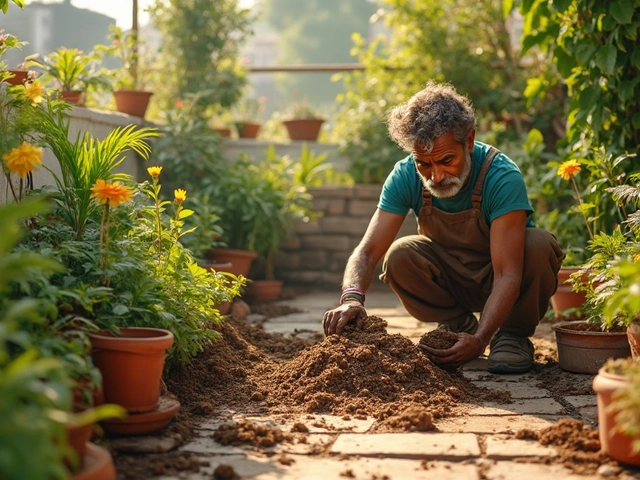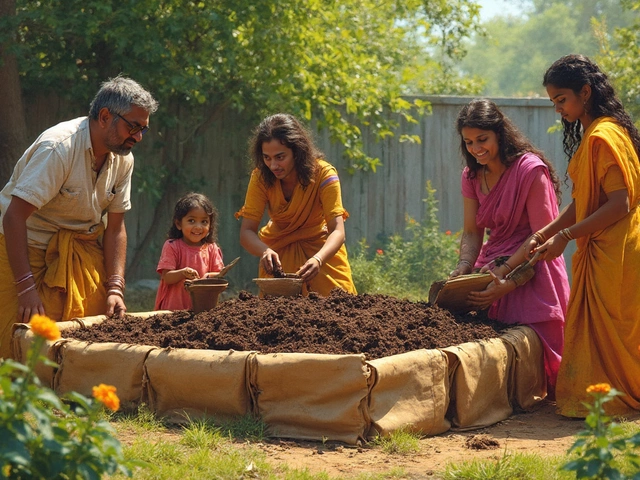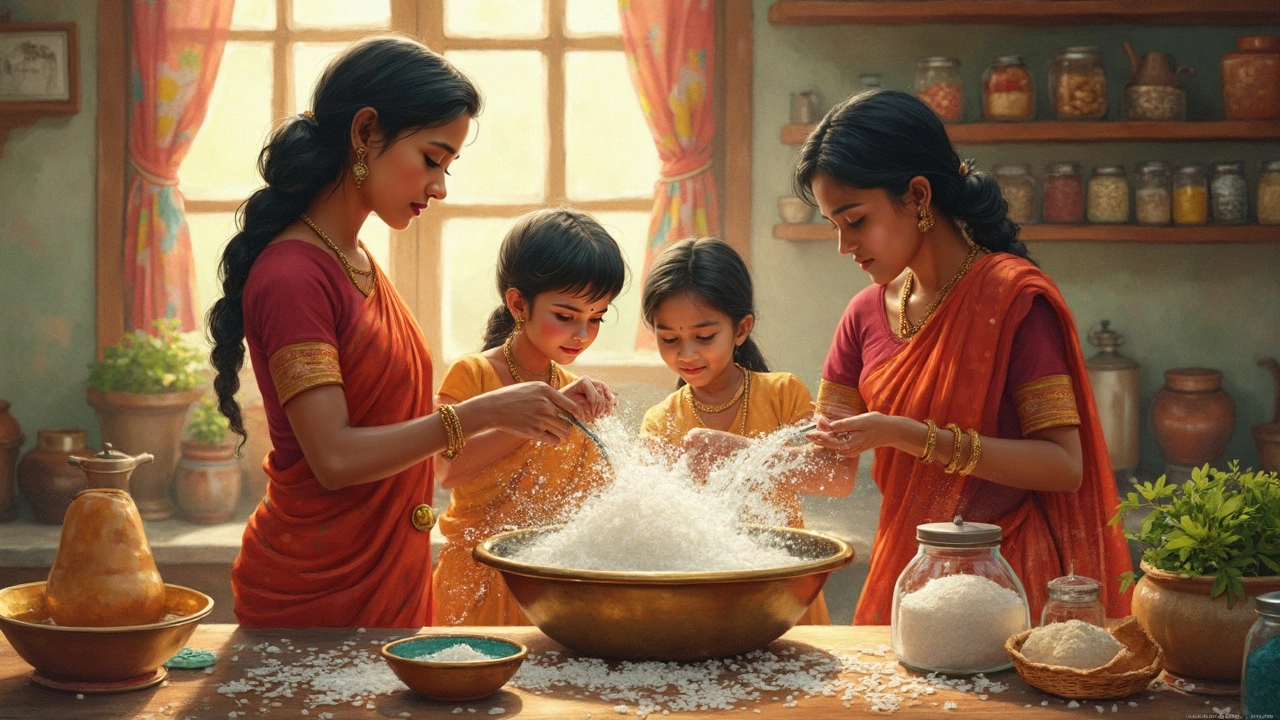How to Wash Rice Properly – Simple Steps for Fluffy Grains
Ever wonder why your rice sometimes turns out sticky or gritty? The secret usually starts before the pot even heats up. A quick rinse removes excess starch, dust, and any leftover husk fragments, giving you cleaner grains that stay separate when cooked.
Why Wash Rice?
Most commercial rice is polished and aired in huge silos, so tiny particles and leftover polishing powder stick to the surface. Rinsing washes these away and reduces the surface starch that makes rice clump together. It also helps you spot any foreign bits like broken husks or stones before you cook.
Step‑by‑Step Guide to Rinsing and Soaking
1. Measure the rice. Use a cup or a bowl, then place it in a wide‑mouth bowl or pot. 2. Add cold water. Fill the bowl so the water is a couple of inches above the grains. Cold water keeps the starch from gelatinizing early. 3. Swirl gently. With your hand, stir the rice in a circular motion for 10‑15 seconds. You’ll see the water turn cloudy – that’s the starch coming out. 4. Drain quickly. Tilt the bowl over a sink or use a fine‑mesh sieve. Don’t let the rice sit in the cloudy water; drain it right away. 5. Repeat. Fill the bowl with fresh water and repeat the swirl‑and‑drain process 2‑4 more times until the water runs clear. Clear water means most of the surface starch is gone.
For most long‑grain varieties like basmati or jasmine, a short soak of 15‑20 minutes after the final rinse improves texture. Short‑grain or sticky rice types (e.g., sushi rice) benefit from a longer soak of 30‑45 minutes to achieve the desired chewiness.
While you wait for the soak, you can prep other ingredients – chop veggies, measure spices, or set the timer for the cooker. This way the rinse step never feels like a waste of time.
When the soak is done, give the rice one last quick rinse to remove any leftover residue, then let it sit in the sieve for a few minutes to dry off excess water. Too much water in the pot can throw off the cooking ratio, so a brief drain makes a big difference.
Now you’re ready to cook. Use the standard water‑to‑rice ratio recommended for your variety – usually 1.5 cups of water for 1 cup of long‑grain rice, and a bit less for short‑grain. Bring to a boil, cover, and let it steam on low heat for the usual time. When the timer’s up, let it rest off the heat for 5‑10 minutes; the grains will finish steaming and settle.
Common mistakes to avoid: skipping the rinse, using hot water for the first wash, or over‑soaking sticky rice (it can get mushy). Also, don’t press the rice with a spoon while it’s cooking; that crushes the grains and makes them gummy.
If you forget to rinse, you can still salvage the batch. Spread the cooked rice on a tray, let it cool, and toss gently with a clean, dry cloth to remove surface starch. It won’t be as perfect as a proper rinse, but it’s better than nothing.
In short, washing rice is a quick habit that pays off in texture, flavor, and safety. Grab a bowl, give those grains a couple of swirls, and enjoy fluffier, cleaner rice every time.
Why Wash Rice Before Cooking? The Real Reasons Revealed
Ever wondered why people bother washing rice before cooking? This article breaks down the science and tradition behind this common step, exploring if it really makes rice healthier or tastier. From dirty grains to hidden chemicals, we'll look at what actually gets rinsed away. You'll find tips for doing it right and learn how growing, harvesting, and processing rice affect why washing matters. Whether you're whipping up sushi or a simple bowl of steamed rice, knowing when and how to wash can amp up your results.
About
Rice Cultivation
Latest Posts


How to Fill a Raised Garden Bed Cheaply: Soil Hacks That Save Big
By Alden Thorne Apr 27, 2025

Eco-Friendly Home Designs: Building for a Sustainable Future
By Alden Thorne Dec 2, 2024

Discovering Asia's Largest Flower Market in India
By Alden Thorne Feb 25, 2025

